A greenhouse is designed to create a different environment than what you have outside. Discussed below are 5 basic environmental factors (and the greenhouse accessories to address those factors) that should be considered in your greenhouse planning: ventilation, heat, circulation, shade and humidity.
1. Roof vents for Greenhouse Ventilation:A natural, effective way to ventilate a greenhouse is with vents. Roof vents combined with base wall vents and/or Jalousie (louvered) windows allow cool air to flow into the greenhouse down low as hot air exits through the roof vents. This gentle ventilation helps preserve the humidity that plants love. Fan venting systems move air effectively but can dehumidify the greenhouse during dry weather, plus they are noisy. Roof vents can be automated (using solar powered vent openers, one of our most popular greenhouse accessories) for easy operation.
2. Heater for the winter greenhouse: Gas (natural or LP) or electric (120V or 240V) heaters can be used. The size of heater needed depends on the type and size of the greenhouse, the desired inside temperature and the outside conditions involved. To make the greenhouse more energy efficient, base walls can be insulated and a twin wall product or second layer of glazing can be added.
3. An oscillating fan for air circulation: Air movement is essential for a healthy greenhouse environment, reducing heating costs and condensation. We recommend gentle air movement, such as that provided by a wall mounted oscillating fan, running 24/7. This is especially important in the winter when humidity is high and conditions are ripe for mold and mildew.
4. Shade Cloth panels for shading the greenhouse:
Ways to shade a greenhouse include shade cloth, shading paint, roll-up shades, etc.
We’ve found that shade cloth panels, attached to the outside of the greenhouse during the hot months, are very effective. Shade cloth can be attached to the inside of the greenhouse but outside panels are better at keeping the heat out.
5. Humidity in the greenhouse: An automatic humidifier or a misting/fogging system may be used for humidity, but wetting down a porous (bricks on sand or gravel) floor periodically is also an effective method for creating humidity in a greenhouse.
During hot summer conditions a combination of shade, ventilation and humidity is key for keeping your plants healthy in the greenhouse. In the winter, air circulation is vital, as well as maintaining moderate moisture levels and temperature.





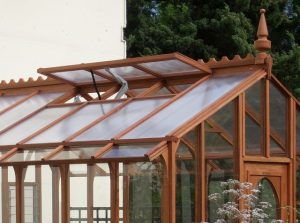
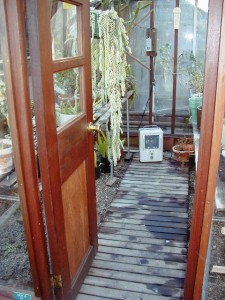
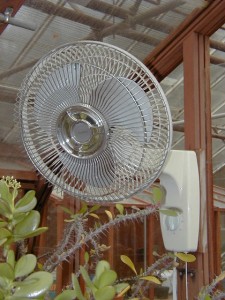
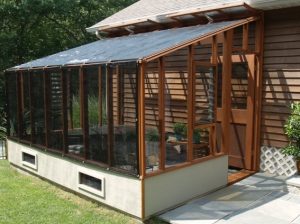


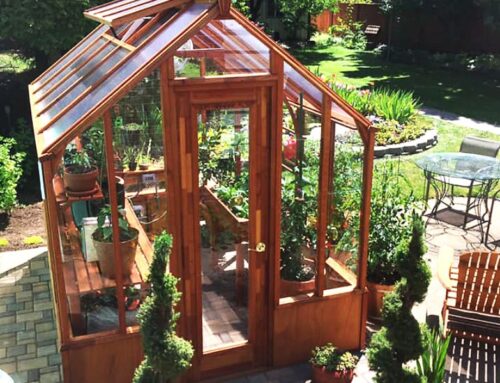
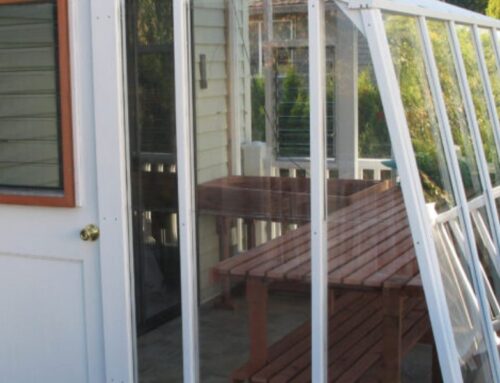
Leave A Comment